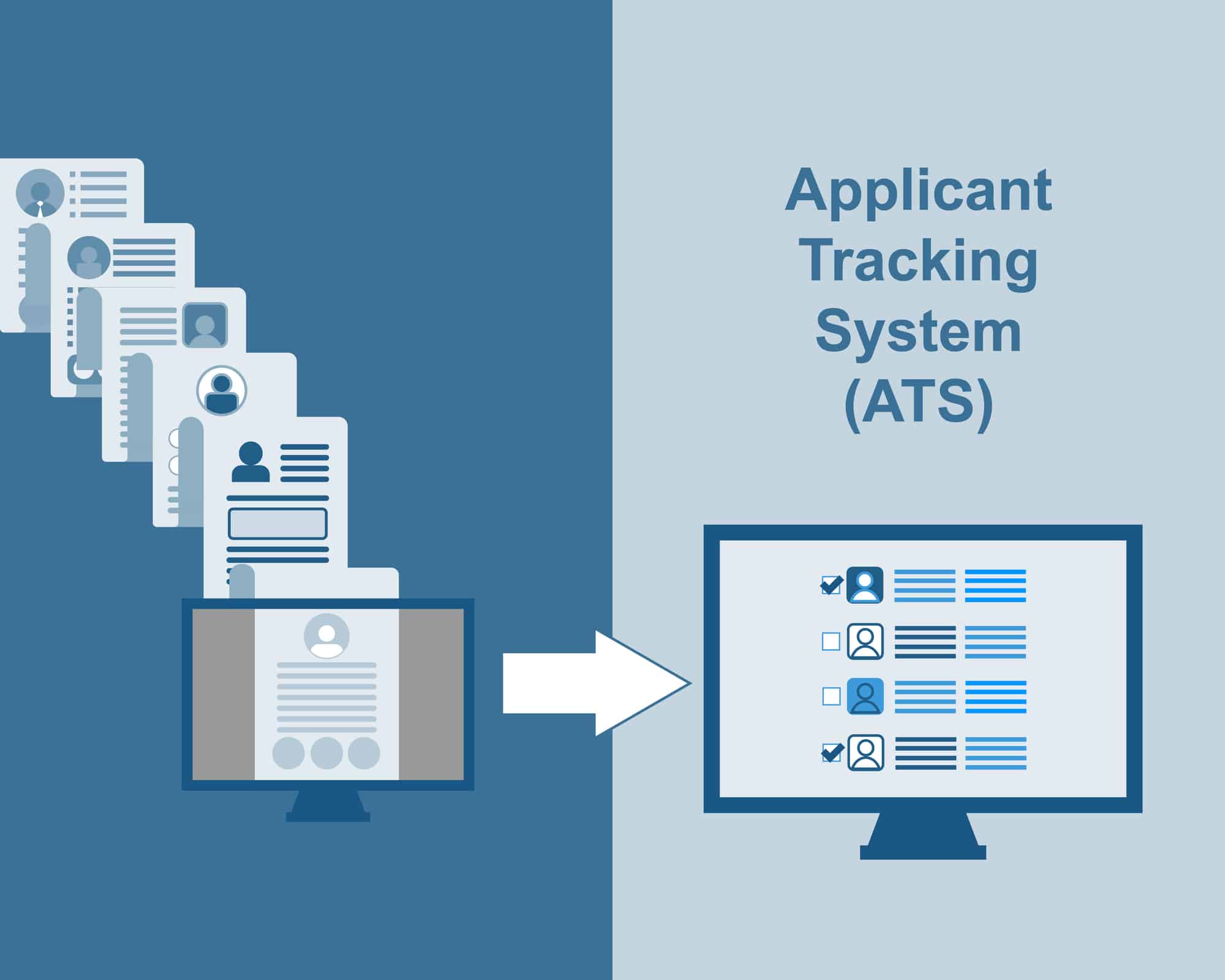In today’s competitive job market, navigating Applicant Tracking Systems (ATS) has become a necessary skill for job seekers. These automated tools promise efficiency in screening resumes but often come with hidden challenges and costs that disadvantage candidates. Let’s explore how the lack of transparency and the hidden financial burden of cracking the ATS code impact potential applicants.
Hidden Criteria and Keywords: ATS prioritize specific keywords and criteria in resumes to match job descriptions. However, these criteria are often undisclosed or vaguely defined by employers. Candidates must decipher these requirements through trial and error or paid services, adding an extra layer of complexity and cost to the application process.
Cost of Optimization Services: Many candidates invest in professional resume writing services or ATS optimization tools to ensure their resumes pass through ATS filters effectively. These services can be costly and may not guarantee success, creating a financial barrier for candidates who cannot afford additional expenses.
Unequal Access to Resources: Candidates from lower-income backgrounds or those transitioning between industries may face greater challenges in accessing resources to optimize their resumes for ATS. This disparity can exacerbate existing inequalities in the job market, limiting opportunities for qualified candidates who lack financial resources.
Biases Amplified by Automation: Despite efforts to eliminate biases, ATS can inadvertently perpetuate them if keywords and criteria are not carefully chosen to be inclusive. Candidates who do not fit traditional molds or who come from diverse backgrounds may be unfairly screened out by ATS algorithms, further exacerbating systemic biases in hiring.
Lack of Feedback and Transparency: Candidates often receive no feedback or minimal feedback/insight into why their applications were rejected by ATS. This lack of transparency can be frustrating and demoralizing, leaving candidates without clear guidance on how to improve their chances in future applications.
Advocating for Transparency: To address these challenges, there is a growing demand for greater transparency in ATS usage. Employers can improve candidate experience by providing clear guidelines on ATS criteria, offering feedback where possible, and promoting fairness in their recruitment processes.
Navigating the ATS Maze:
Research and Education: Take time to understand how ATS work and which keywords are relevant to your industry and role. Utilize free resources and networking opportunities to gain insights into ATS preferences.
Strategic Resume Tailoring: Tailor your resume with relevant keywords and experiences that align with ATS requirements. Avoid excessive keyword stuffing and prioritize clarity and authenticity in your application.
Seeking Affordable Resources: Explore free or affordable ATS optimization tools and resume writing guides available online. Leverage community resources and career services offered by educational institutions or nonprofit organizations.
Conclusion:
While ATS offer efficiency benefits to employers, they also pose challenges for candidates due to lack of transparency and hidden costs associated with optimizing resumes. As we advocate for greater fairness and accessibility in the hiring process, understanding ATS algorithms, advocating for transparency, and leveraging affordable resources are essential steps towards leveling the playing field for all candidates seeking meaningful employment opportunities.

